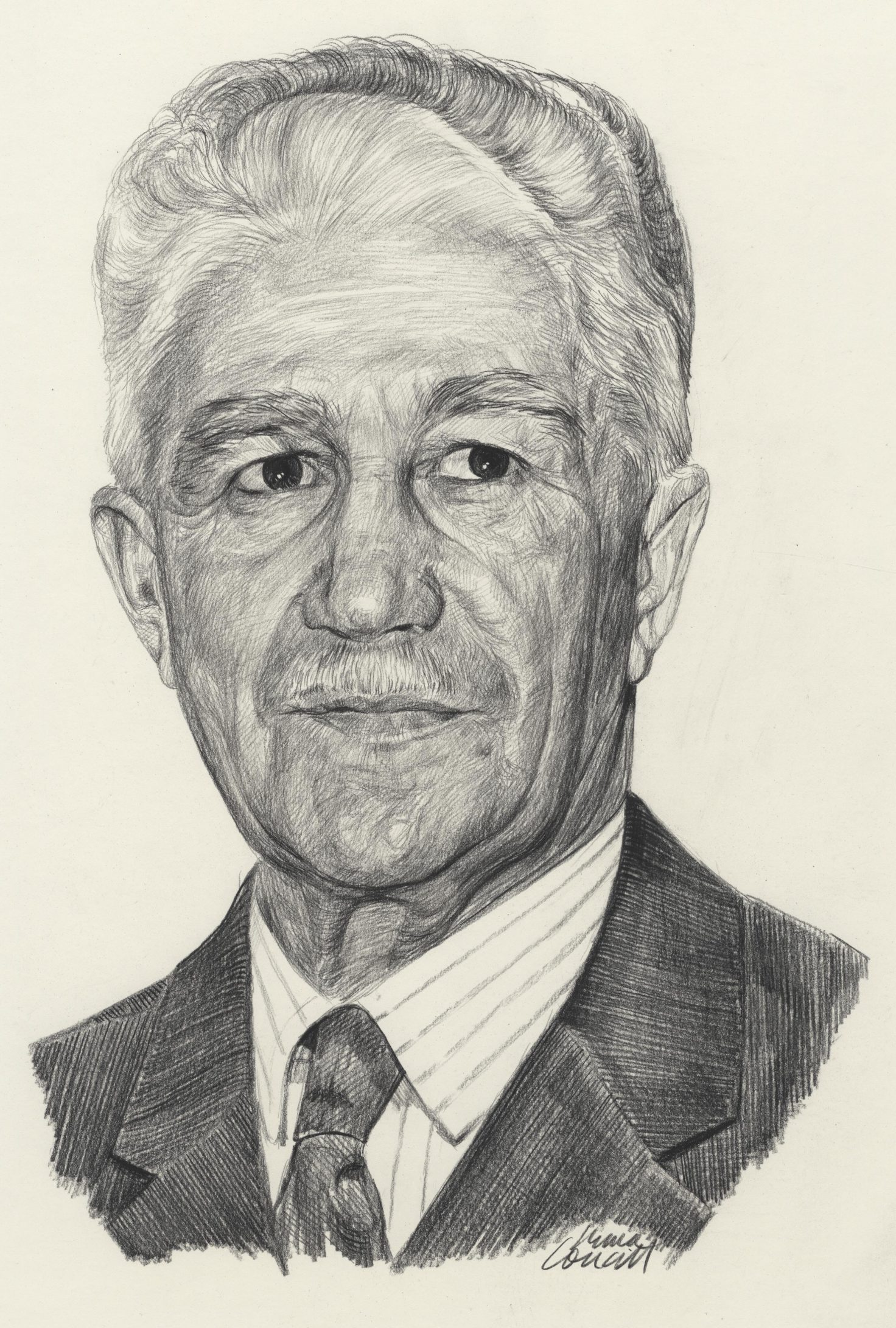Norman Gladstone Forester

Nickname: Norm
Birth Date: March 21, 1898
Birthplace: Oakville, Ontario
Death Date: October 4, 1975
Year Inducted: 1974
Awards: United States Air Medal
The application of his superior skills in aerial mapping and his mercy flights to air others, despite adversity, have been of outstanding benefit to Canadian aviation
Royal Flying Corps and the RCAF
Norman Gladstone (Norm) Forester was born in Oakville, Ontario, on March 21, 1898. He was educated there and in Vernon, British Columbia, where his family moved when he was ten years old. He joined the Canadian Army Medical Corps in 1916 and served in England until the following year when he transferred to the Royal Flying Corps. He completed his aerial training and graduated as a commissioned officer, then flew as a pilot with the Royal Air Force. He returned to Canada in 1919 and turned to other pursuits until 1928, when he accepted a temporary commission with the Royal Canadian Air Force (RCAF). He proceeded to Camp Borden Military Base, Ontario, for a refresher course. He reported to Squadron Leader Roy Grandy and learned to fly seaplanes. He also studied navigation and aerial photography.
Forester's first base of operations in 1929 was at Senneterre, Quebec, when the RCAF was mapping the province extensively from the air. The following year he resigned his commission after an offer by Leigh Brintnell, General Manager of Western Canada Airways, to join this company as a commercial pilot. He reported to Don MacLaren, who was Superintendent of the company's Vancouver base.
Across Canada Postings
Forester's first duty was the spraying of Stanley Park at Vancouver, British Columbia, with fellow pilot Jack Moar, to destroy a severe caterpillar infestation. His next assignment was to fly the coastal and fisheries patrols of that province. When the fisheries work was completed for the season, he was transferred to Winnipeg, Manitoba, where his duties included flying the night mail run to Regina and Moose Jaw, Saskatchewan, air freighting ore concentrates from Manitoba mines, and flying forestry patrols.
During the winter of 1931-1932, Forester was based at Norway House at the north end of Lake Winnipeg. He flew supplies to Hudson's Bay posts in northern Manitoba and brought out ore concentrates from northern mines, using a Fokker Super Universal monoplane. In 1932 he was sent to Carcross, Yukon, to transport passengers and supplies into isolated areas. He carried out a number of mercy flights that resulted in the saving of human lives.
High-Altitude Photographic Pilot
After a Canada-wide series of temporary postings, Forester was assigned to Western Canada Airway's Sioux Lookout base in Ontario, in 1934, flying equipment, supplies, and passengers throughout northern Ontario. In 1935 he was moved to flying operations in northern Manitoba. In 1936 Forester was assigned to carry out a high-altitude photographic survey in northern British Columbia. Operating for extended periods of time at altitudes up to 17,000 feet (5,200 m) in a specially outfitted Fairchild 71, he and Bill Sunderland, air engineer and camera operator, completed the task and returned to Sioux Lookout.
Forester's skills as a high-altitude photographic pilot were used extensively throughout Canada, mostly in northern regions. This was mostly seasonal work, interspersed with operational flying assignments. In 1938 Forester was asked to work full time in aerial photography, and was transferred to Montreal, Quebec, with Bill Kahre as his air engineer and camera operator, again using a Fairchild 71. This team also completed photographic surveys in the Maritimes.
A Mission for the US Army
After the outbreak of World War II Forester was seconded to instruct young student pilots in navigation at No. 2 Air Observer School at Edmonton, Alberta, a school managed by W.R. 'Wop' May. A year later he returned to aerial survey duties in Quebec and Newfoundland with Canadian Pacific Airlines (CPA), which had absorbed Canadian Airways Limited, which earlier had taken over Western Canadian Airways.
In January 1943, Forester was called by the United States Army to rescue the crew of an American Army C-87, a cargo variant of the B-24 bomber, which had been forced to land on a snow covered lake in northern Quebec almost three weeks before. The American Army did not have the capability of rescuing this crew although many planes were involved in the search. A US Army C-47, which had tried to rescue the bomber crew, was unable to take off on its wheels and was stuck in the deep snow. Those requiring rescue now included the crew of the C-47. Forester and his engineer, Norman Crewe, flew to the site in a Barkley Grow on skis and rescued the twenty man crew in two difficult flights. For this successful mission they were awarded the United States Air Medal.
Back to Aerial Photography
During the next six years Forester continued in his role as an aerial photographic pilot throughout eastern Canada, until he was offered a Captain's position with CPA. From 1949 until his retirement nine years later, he flew DC-3's on scheduled airline flights throughout eastern Canada and Alberta. Forester died in Edmonton, October 4, 1975.
Norm Forester wanted to become a doctor, but the First World War intervened. In 1917, while serving with the Medical Corps in France, he saw an enticing recruiting poster, and immediately volunteered for flying training with the royal Flying Corps. For the next 40 years his career involved flying.
Norman Gladstone Forester was inducted as a Member of Canada's Aviation Hall of Fame in 1974 at a ceremony held in Edmonton, Alberta.
To return to the Inductee Page, please click here.
